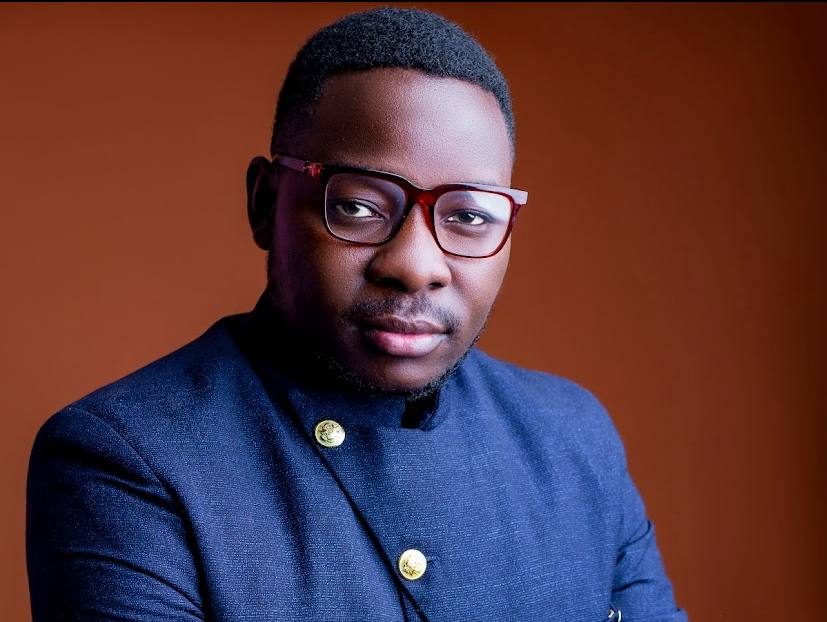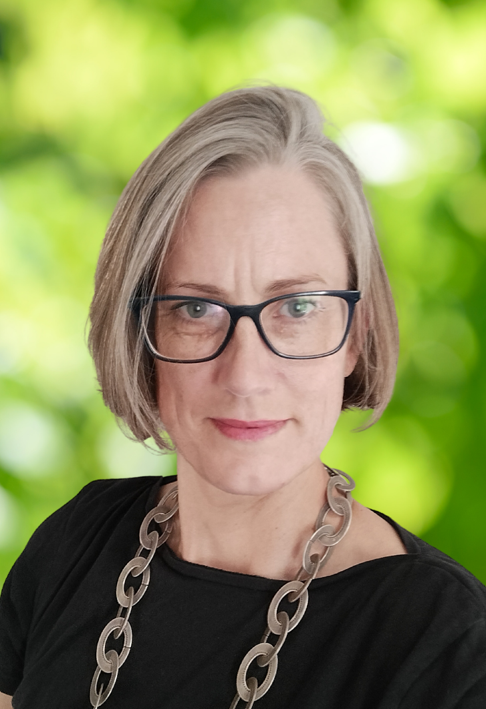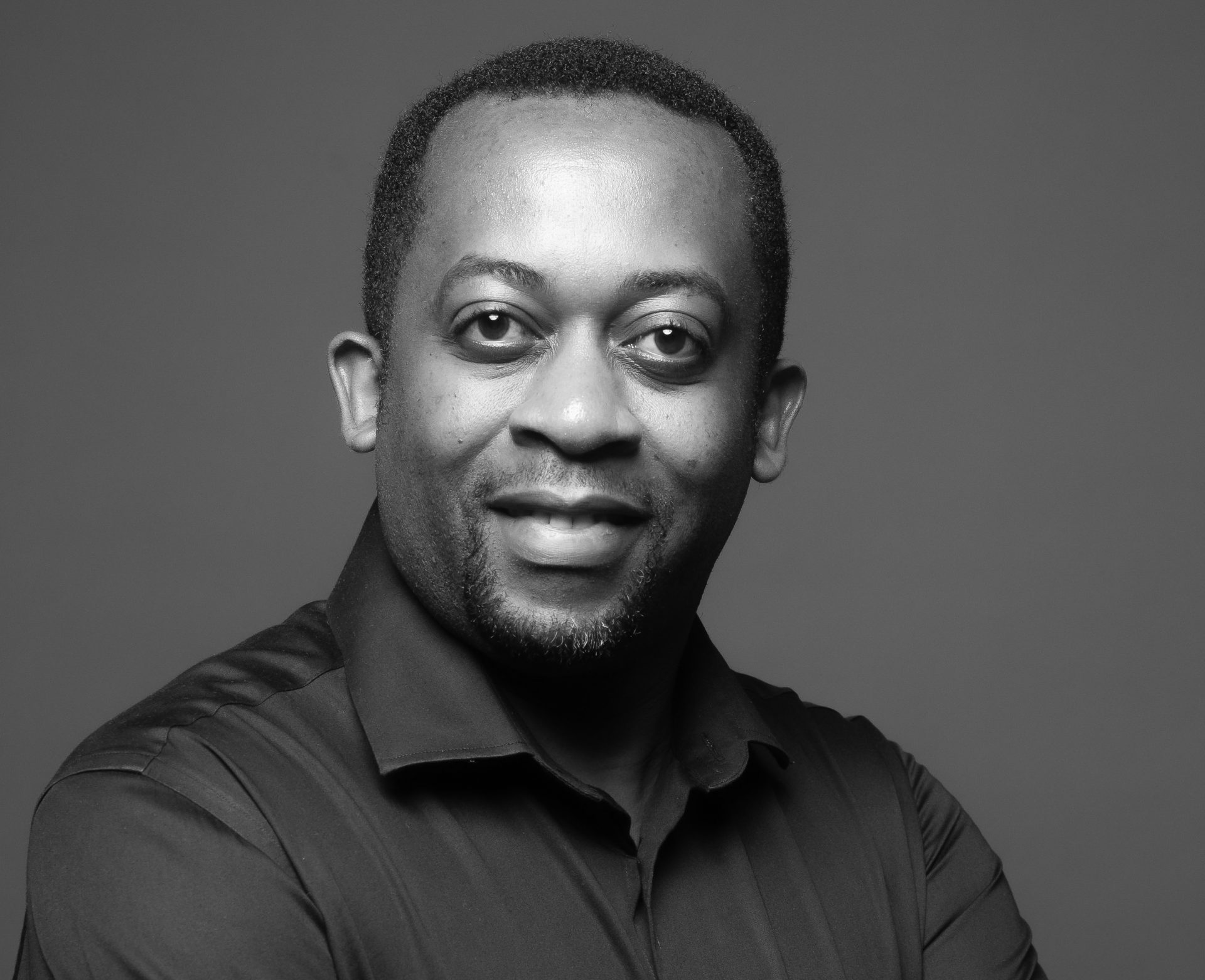Stanley Olisa, ANIPR, is a communications professional with a decade of experience spanning aviation, energy, technology, health and international development. He currently serves as Global PR Manager at Helpster Charity, where he leads communications across Africa, Europe, North America and Asia. Before Helpster, Stanley managed communications for Air Peace, and has advised brands on strategic messaging and reputation management. He is passionate about using communication to build trust, inspire change and amplify African voices on global platforms.
How did your journey in Communications begin?
My journey started about 10 years ago at Eunisell Limited where I worked as a Marketing Communications Executive.
It was my first experience handling messaging for a brand, and it gave me a strong grounding in how storytelling can shape business outcomes. I was creating news releases, coordinating campaigns and managing events but what struck me most was how communication could influence perception and trust. That experience cemented my interest in strategic communication.
From there, I kept building across sectors. Energy, aviation, tech, health and development, each one adding a new layer to my understanding of how communication drives connection and credibility.
What does a regular day look like for you as Global Public Relations Manager at Helpster Charity?
No two days are the same, which is what makes the role exciting. A typical day might start with reviewing media reports from different regions-Africa, the UK and the US- before moving into meetings with programme and fundraising teams to align campaign messages.
I spend a good part of my day developing or reviewing content, engaging podcasters, reaching out to credible personalities for social media advocacy or planning media engagements for my CEO or founder. It could also entail pitching journalists or having meetings with prospective corporate partners and event organisers.
There are also moments for strategy. I have to evaluate what’s working and where we can improve visibility or deepen storytelling. It’s a role that blends creativity, coordination and consistency, especially because Helpster operates across several time zones and audiences.
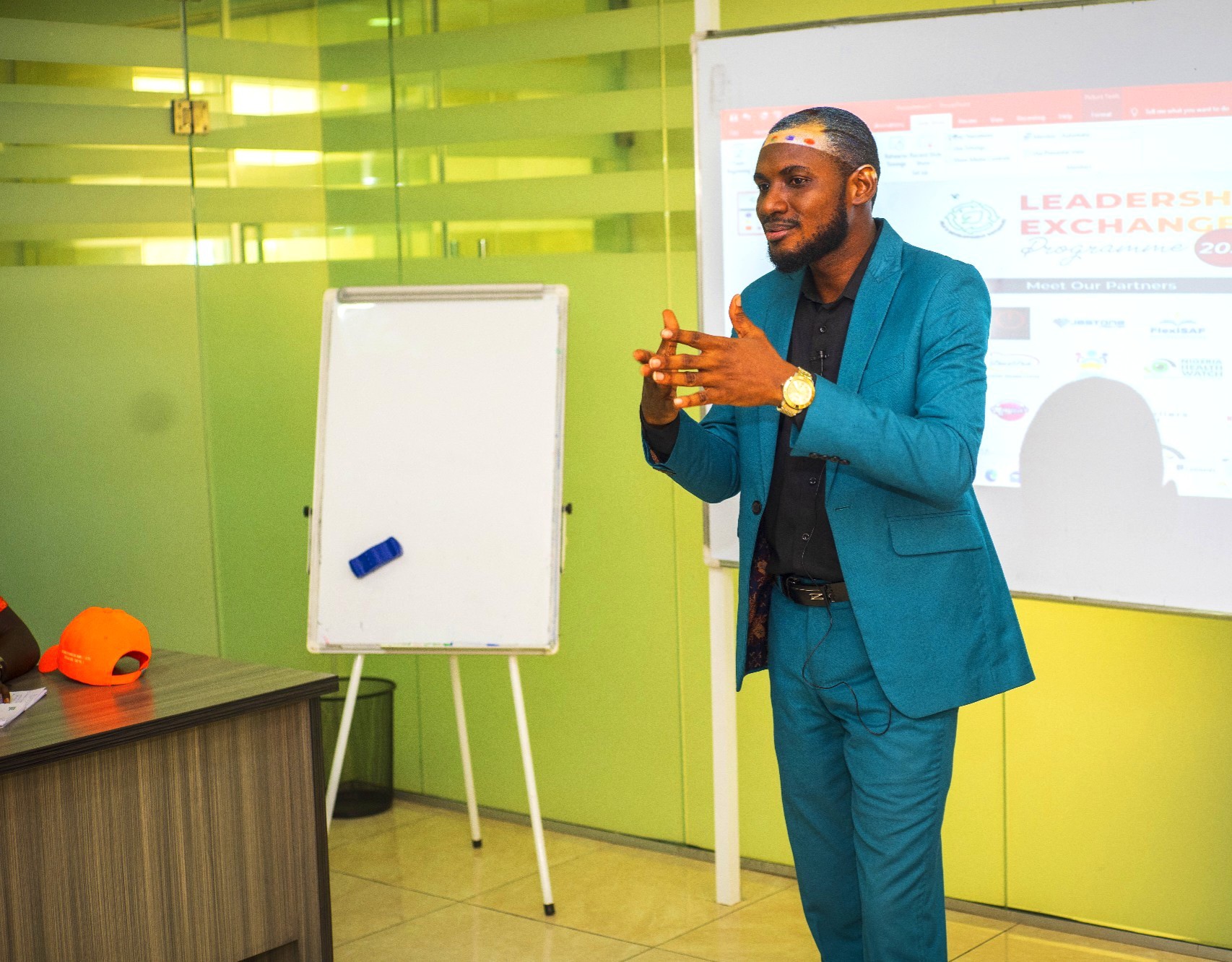
In your experience, what makes the difference between media coverage that’s just “good press” and coverage that drives impact?
Good press creates visibility; impactful coverage creates movement. The difference lies in intention and alignment. When a story connects with the organisation’s mission and moves people to think, feel or act differently, it becomes more than just coverage.
Impactful storytelling starts with clarity- knowing the purpose behind each pitch- and is sustained by relationships with journalists who understand your work. I’ve learnt that strong coverage isn’t measured by column inches alone but by whether it shapes conversations, influences perception and advances the organisation’s goals.
Tell us about a career decision you made early on that still benefits you today.
Early in my career, I made a deliberate choice to start publishing bylined thought leadership pieces. I saw it as a way to refine my thinking, contribute to the industry and build credibility beyond my job title.
Over the years, that decision has shaped my professional identity. I’ve built a large portfolio of publications on communications and reputation management that reflect how I see the industry evolving. It’s helped me grow visibility, attract collaborations and stay connected to a global professional community. Writing publicly keeps me learning, and it has become one of the strongest pillars of my personal brand.
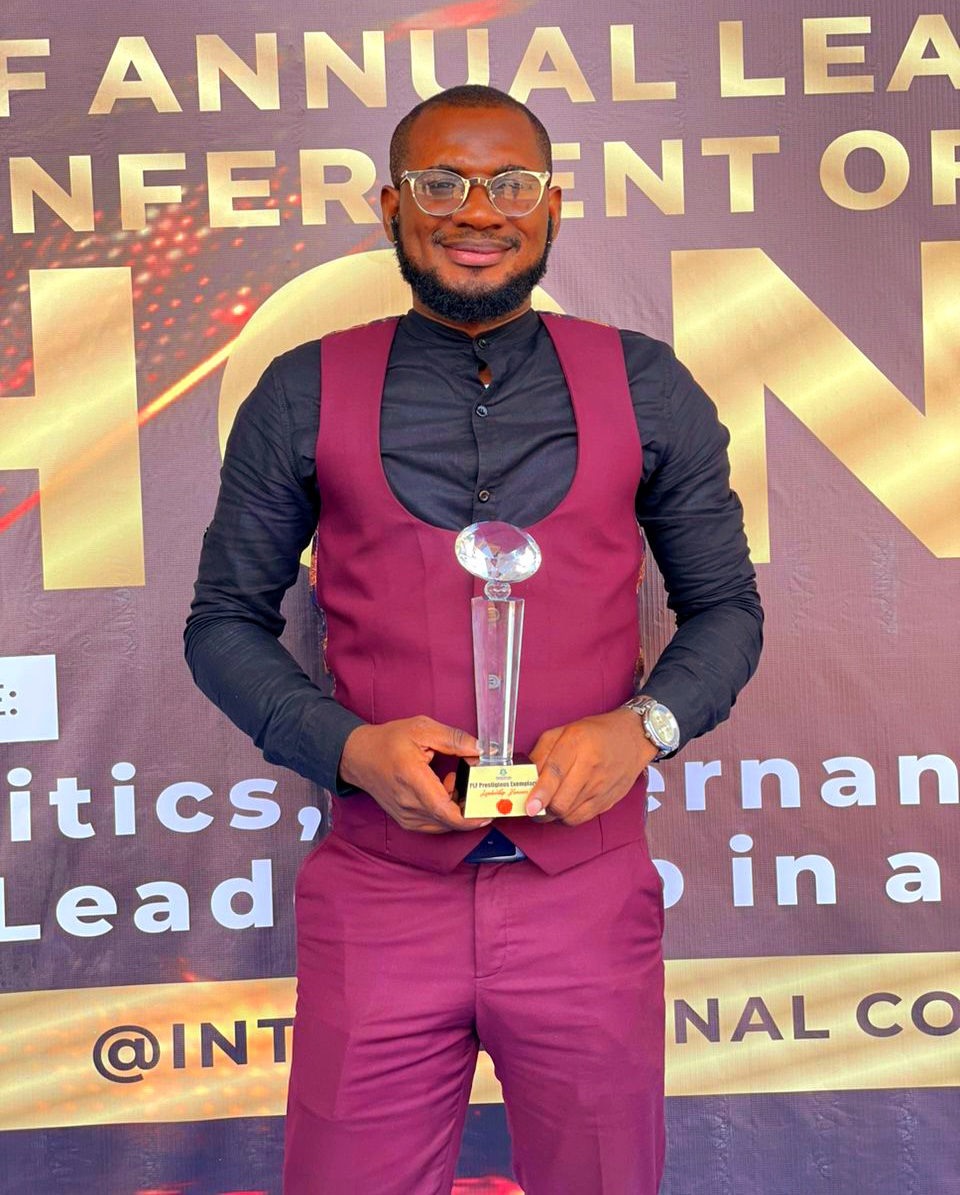
Can you share about a major challenge you faced on your journey? How did you overcome it?
One major challenge was navigating the global media terrain when I started managing international communications. Securing coverage in Europe and North America was initially difficult.
The media cultures, pitching styles and expectations were different from what I was used to. I had to unlearn assumptions and study what each market valued. I spent time analysing how stories were framed, understanding editorial calendars and building relationships from scratch.
Gradually, I began to see results. Features on global platforms, podcast interviews and collaborations. That phase taught me patience, adaptability and the importance of cultural intelligence in communication. It also showed me that global visibility is earned through persistence, disciplined pitching and respect for each market’s nuances.
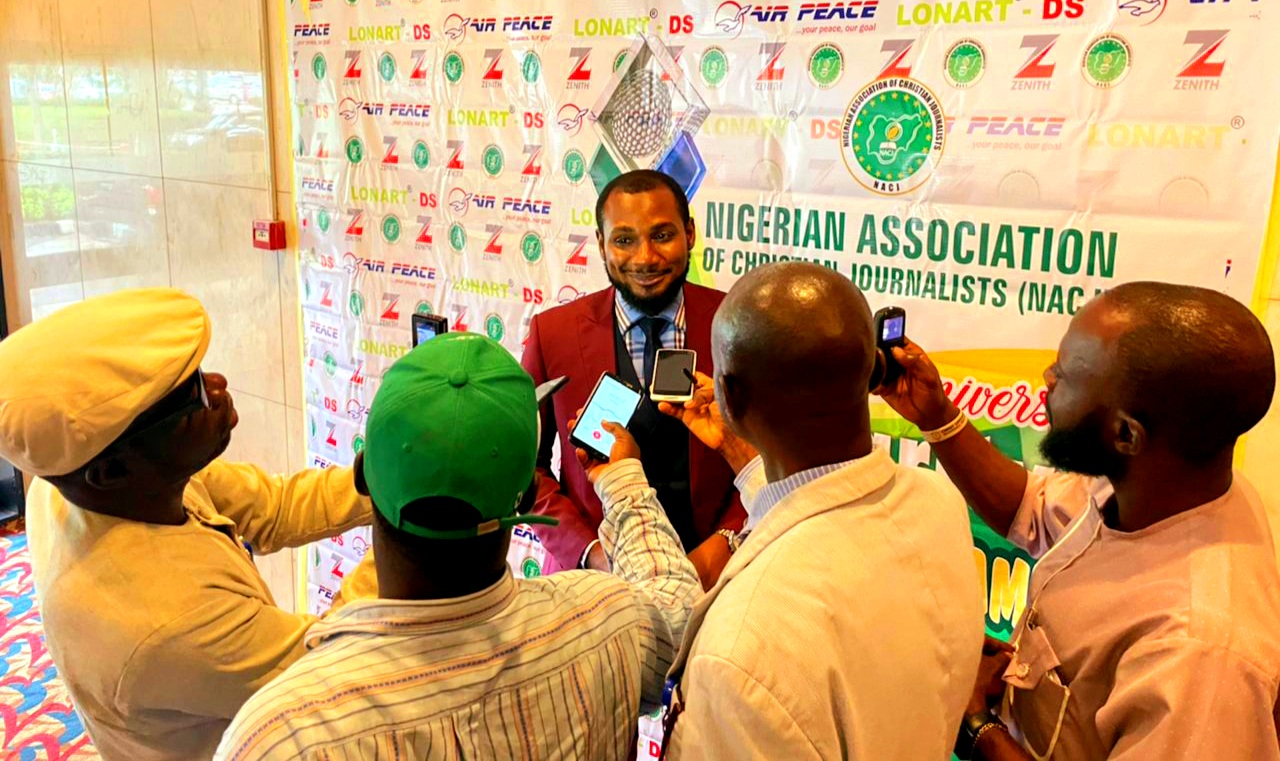
What advice would you give Communications professionals interested in international and global opportunities?
Position yourself globally, even before you get the opportunity. Start by engaging with global conversations – comment on media and comms trends, share insights and publish articles on international platforms.
Let your LinkedIn reflect a global mindset; your content should show curiosity about how communication works in different contexts, not just locally. Take up volunteer roles with international organisations or professional networks. They expand your perspective and visibility.
Most importantly, think beyond borders. Global opportunities often come to professionals who already look and sound global in how they engage, learn and contribute.


